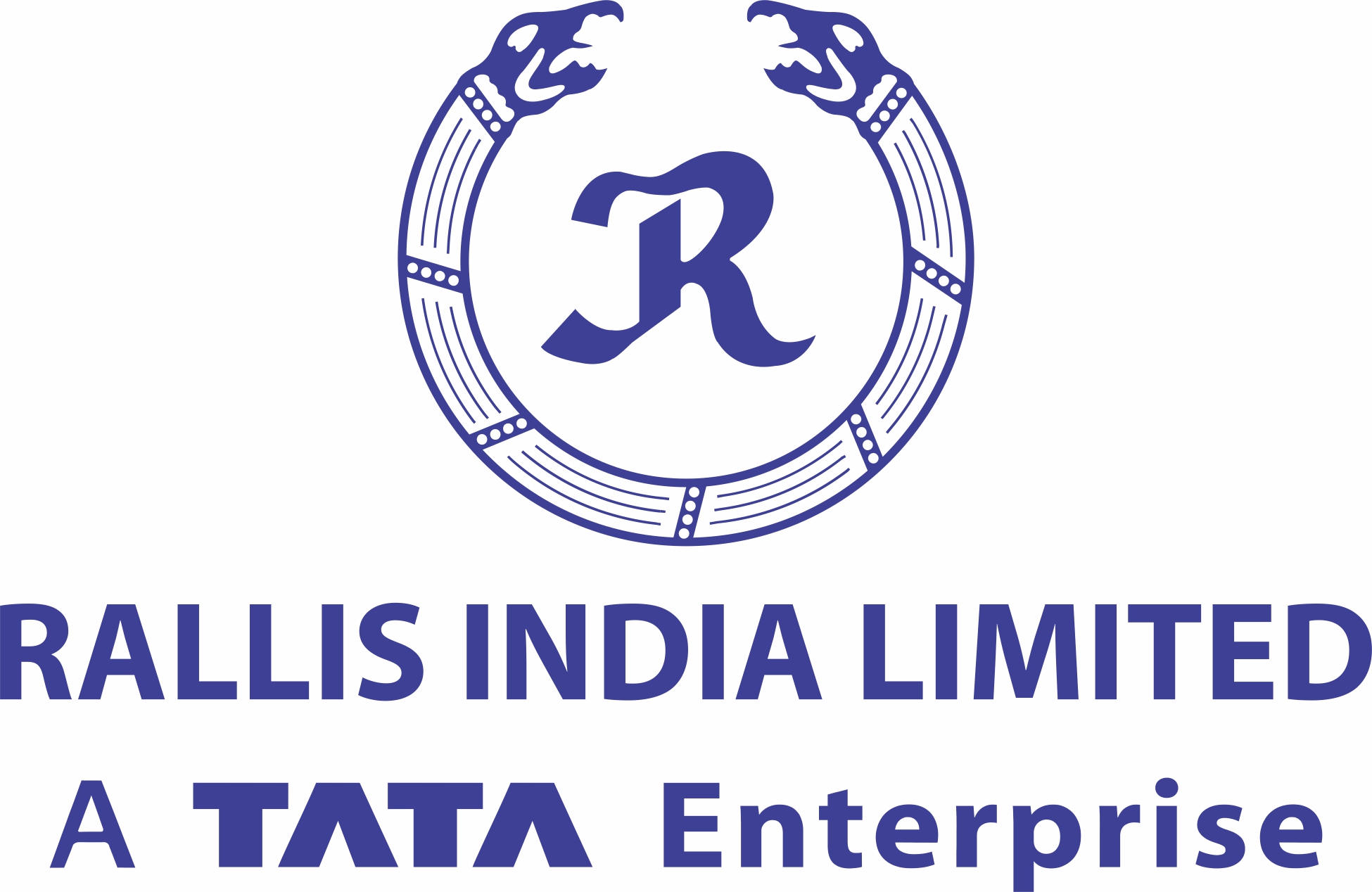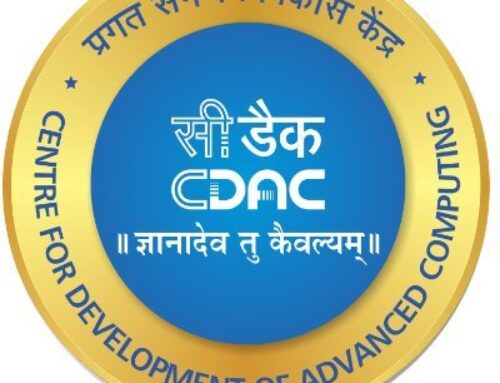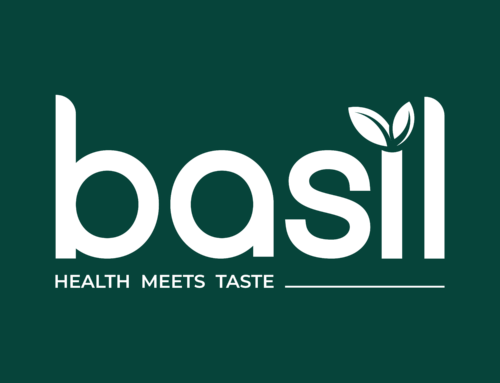Tea is a vital agricultural commodity and one of the most popular beverages worldwide. India is the second-largest producer of tea globally. However, this centuries-old crop is not immune to the adverse effects of climate change. Tea cultivation, in terms of both quantity and quality, depends on specific climatic conditions. Precipitation and temperature, the two most crucial factors, directly affect the crop’s yield and quality
Like other crops, the tea industry faces significant threats from climate change. Traditional patterns of rainfall and temperature have been severely disrupted in tea growing regions of West Bengal and Northeastern States, impacting the stability of production.
The tea industry also faces labor challenges, as most tasks, such as plucking, monitoring, and spraying, are manual, yet skilled labor is increasingly scarce and costly.
These challenges render the future of the tea production industry highly vulnerable. Without urgent adaptation measures to address the impacts of climate change and labor shortages, many tea-growing regions in Northeast India risk losing stability by 2050.
Tea plantation is a crucial business segment for Rallis Crop Care Division. To enhance garden monitoring efficiency for tea estate managers and address challenges posed by climate change, Rallis is extending its precision agriculture platform to create a cost-effective, scalable decision-making tool for tea plantation management
As part of the project, a stress index has been developed using Synthetic Aperture Radar (SAR) remote sensing. This method combines VV and VH backscattering derived from SAR satellites to assess biotic and abiotic plant stress under all weather conditions. It enables tea estates to remotely monitor their extensive and widely dispersed plantations efficiently and detect various types of stresses in early stage such as pest, water and temperature stress.
Rallis choses SAR remote sensing over optical remote sensing to address challenges posed by cloud cover and shade trees. SAR satellites utilize microwave radiation, which has a longer wavelength than Visible and Near Infrared (NIR), enabling them to penetrate clouds. This capability makes SAR-based garden scanning an all-weather solution.
However, interpreting SAR backscattering data to assess crop conditions is a considerably complex and computationally intensive process compared to optical remote sensing.
For this purpose, an AI model is being developed to integrate VV and VH backscattering values derived from SAR data with weather information for predicting stress index values. These values are rigorously compared with in-situ observations to create a supervised dataset for model training and calibration.

Rallis is currently focused on creating an extensive ground-truth dataset for model training and calibration in flat terrain regions like Dooars (West Bengal) and Upper Assam. In this endeavour, Rallis has partnered with a few major tea groups to implement a Proof of Concept (PoC) to test stress index prediction model for tea plantation.
Initial findings reveal a strong positive correlation between the predicted stress index and actual conditions within tea sections. The stress index offers early warnings of water and temperature stress, even before symptoms are visible to the human eye.
About Rallis India Ltd:
- Rallis is one of the oldest and leading Agri-input companies in India. It’s a subsidiary of Tata Chemicals, which is part of the salt-to-software conglomerate — Tata Group.
- Rallis is an integrated crop care and seed company. It’s continuously striving to improve the livelihood of Indian farmers by providing a wide range of crop protection chemicals and high-yielding hybrid seeds.
- It’s also expanding the use of digital tools to deliver benefits to farmers through converting data into knowledge and insights.
–Prasanna Wadke (Head Digital, Rallis India Ltd)
-Tapash Roy (Sr. Manager Digital, Rallis India Ltd)







